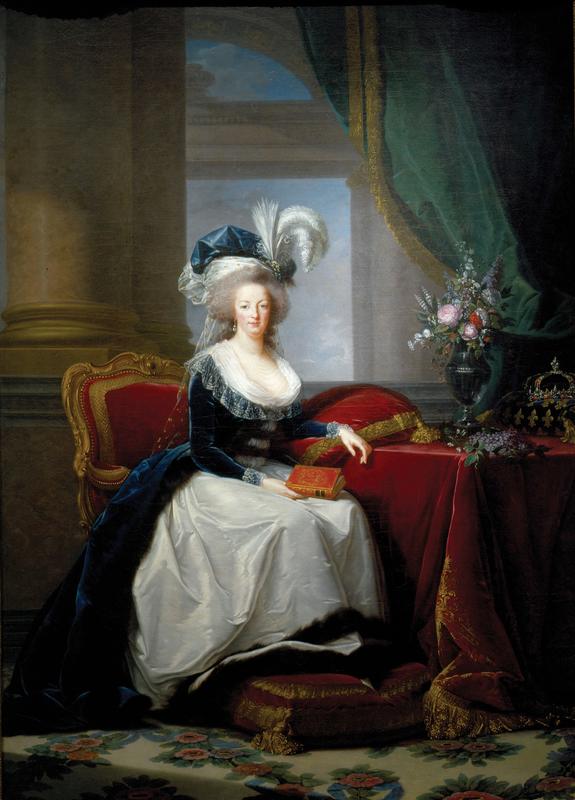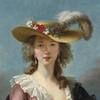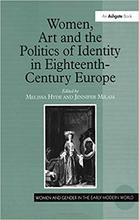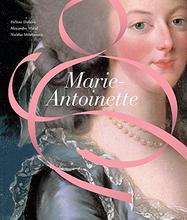More about Portrait of Marie Antoinette, Queen of France
- All
- Info
- Shop

Art Instructor, Art School LLC
Marie Antoinette—a woman who perhaps needs no introduction—is the subject of this historic portrait by French artist Louise Élisabeth Vigée Le Brun.
Vigée Le Brun was the official portrait artist for Marie Antoinette, painting the French monarch numerous times in an array of agreeable scenes in an attempt to soften her image in the face of widespread public critique. Though they may have come from very different backgrounds, these two women faced some parallel adversities. As was often the case in the 18th century, a woman in the arts and a woman in politics were not common in France. Not unlike Marie Antoinette, Vigée Le Brun was a maverick in her field, known for blazing her own trail and often shirking the rules.
Marie-Antoinette was the Queen of France in the period preceding the French Revolution, reigning beside King Louis XVI from 1774 to 1792. A now infamous historical figure, this full-length oil portrait of the French monarch features her seated at a red velvet swathed table, holding a book stamped with the coat of arms of her imperial Austrian family and her French husband’s family, to indicate their political alliance. She is surrounded by a stately room, adorned with massive marble columns that echo the queen’s regality, an intricate floral carpet, and richly colored drapery. The queen is dressed in royal blue, what for her would be considered relatively modest attire, compared to earlier portraits. Though she still sports her iconic powdered updo and a feathered cap. Her crown peaks out from the right side of the portrait, sitting atop the table, a constant reminder of her position and power.
Unlike many of the more informal portraits that Vigée Le Brun painted of the French monarch and her children, this painting was formally commissioned by Marie Antoinette’s mother to depict her reign as the Queen of France. Though the artist painted at least 30 portraits of the queen, this dignified painting was specifically intended to reaffirm her status as monarch. Unfortunately, it was too little too late for Marie Antoinette. Though the painting was well received by Marie Antoinette’s aristocratic parents and the French court (even helping to get Vigee Le Brun officially accepted in the Academie Royale in France), it did not help the queen’s already damaged reputation in the court of public opinion. This painting was completed by Vigée Le Brun circa 1788, just five years before Marie Antoinette was executed by guillotine during the French Revolution.
Sources
- “Elisabeth Louise Vigée Le Brun Paintings, Bio, Ideas.” The Art Story. Accessed June 24, 2022. https://www.theartstory.org/artist/vigee-le-brun-elisabeth-louise/.
- New Orleans Museum of Art. “Portrait of Marie Antoinette, Queen of France - Elisabeth Louise Vigeé Le Brun.” Google Arts and Culture. Accessed June 24, 2022. https://artsandculture.google.com/asset/portrait-of-marie-antoinette-qu….
- Paranque, Estelle. “Princess to Queen to Guillotine: the Tragic Fate of Marie Antoinette.” Art UK, May 10, 2021. https://artuk.org/discover/stories/princess-to-queen-to-guillotine-the-….













